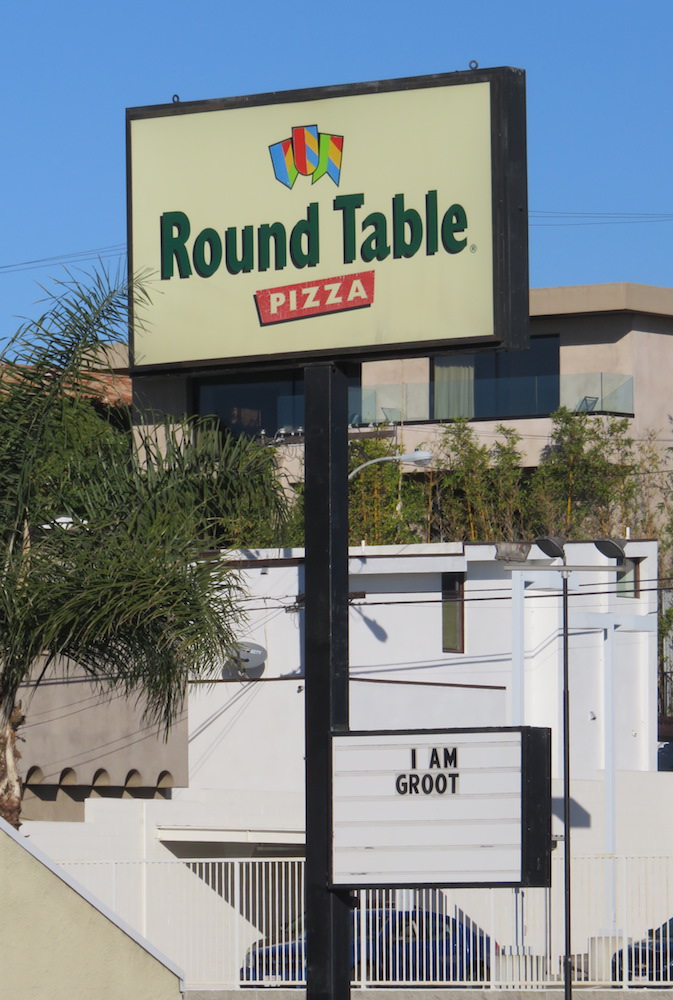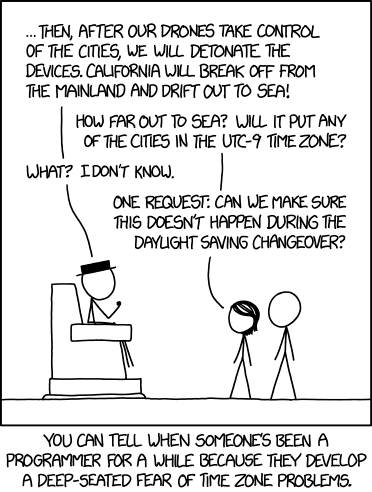At a tech training session, I wanted to get access to some of my class-related email on the training computer. But I didn’t want to log into my primary email on an open network, or on someone else’s computer at all. I have no idea what they’re logging, whether they’re doing SSL inspection, whether there’s a keylogger on it — probably not, but who knows?
Heck, I didn’t even want to use my own device on the hotel Wi-Fi without a VPN, and that was at least secured by WPA2! (then again…)
I ended up forwarding the extra class materials to a disposable email account and logging into that one. No risk to other accounts if it got sniffed, at any level.
But I remembered how we all used to get at email when traveling back in the early 2000s, before smartphones, and before every laptop and every Starbucks had Wi-Fi:
Internet Cafes.
We’d walk into a storefront and rent time on one of their computers. Then we’d go to our webmail site and type in our primary email login and password over plain, unsecured HTTP without TLS.
I’d never do that today. Admittedly, I wouldn’t need to in most cases — I can access my email wirelessly from a device I own that I carry in my pocket. (Whether that’s a good thing remains up for debate.)
But more importantly, we know how easy it is for someone to break into that sort of setup. Even if your own devices are clean, someone else’s computer might have malware or keyloggers or a bogus SSL cert authority on their browser to let them intercept HTTPS traffic. An HTTP website is wide open, no matter whose device you use. And an open network is easy to spoof.
So these days it’s defense in depth: If it needs a password, it had better be running on HTTPS. If I don’t trust the network, I use a VPN. And I really don’t want to enter my login info on somebody else’s device.


